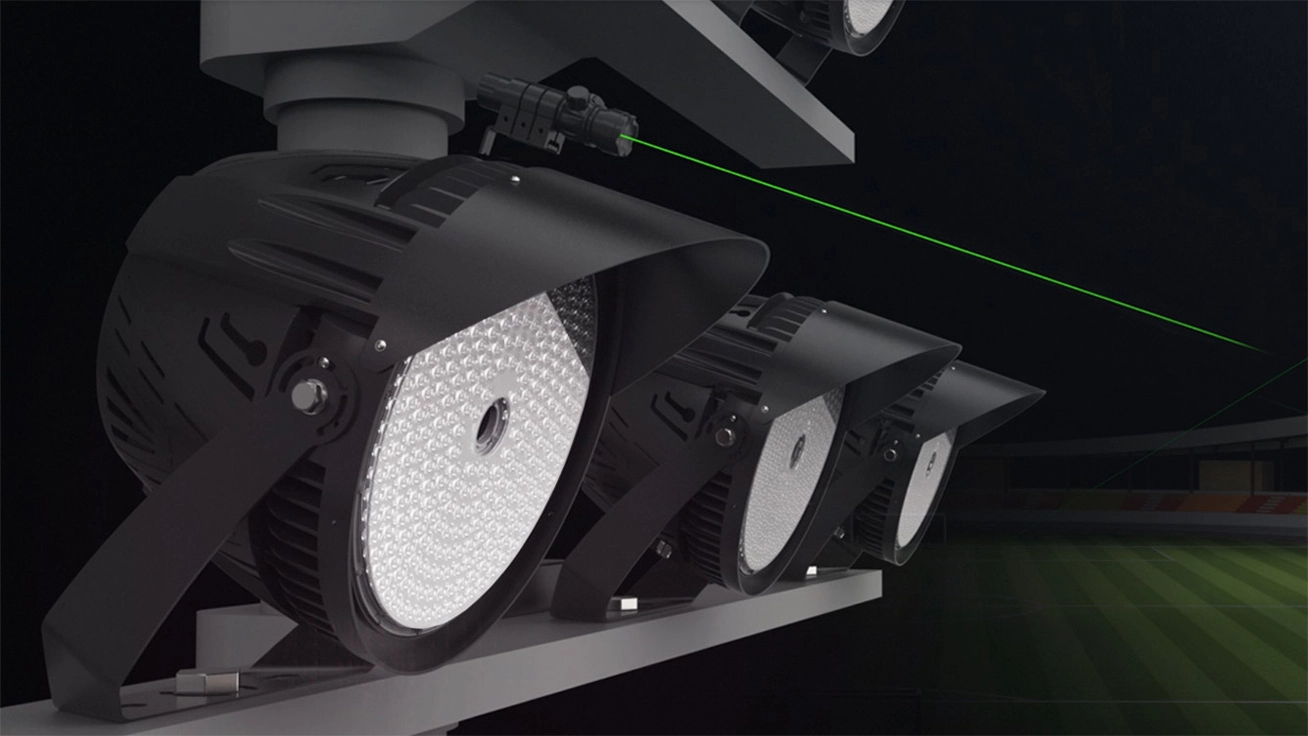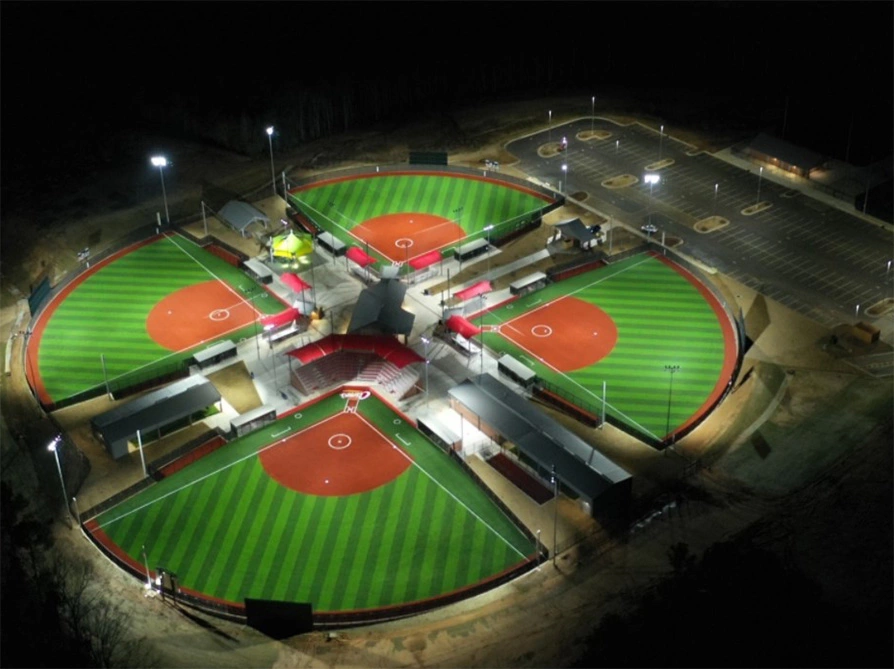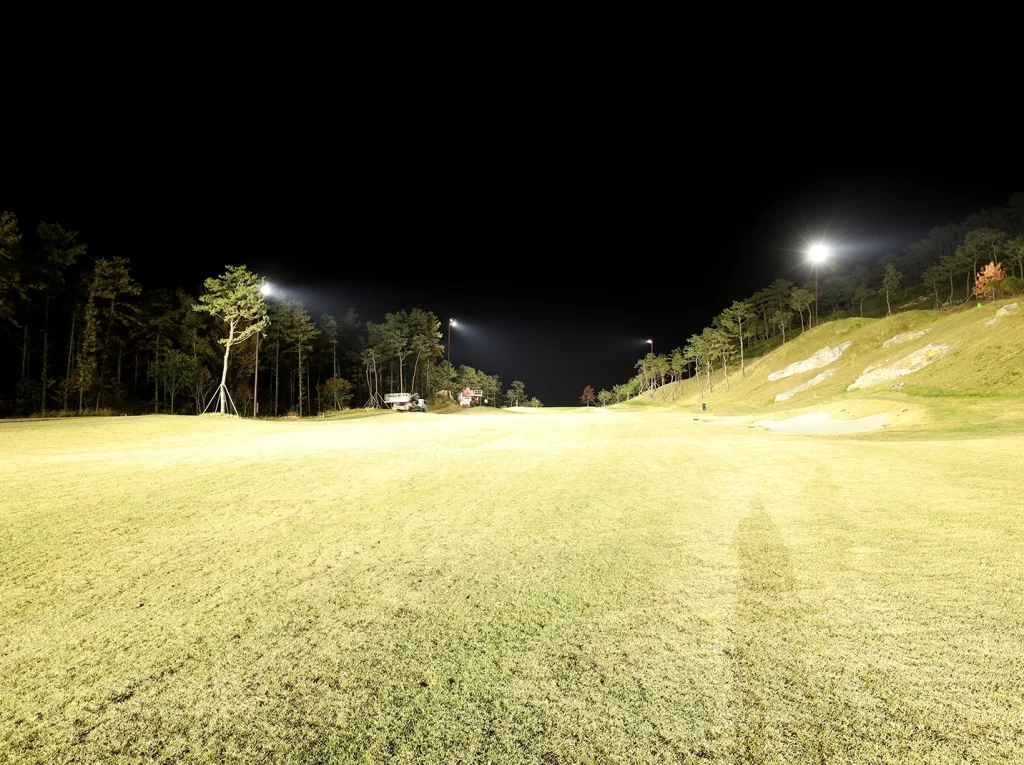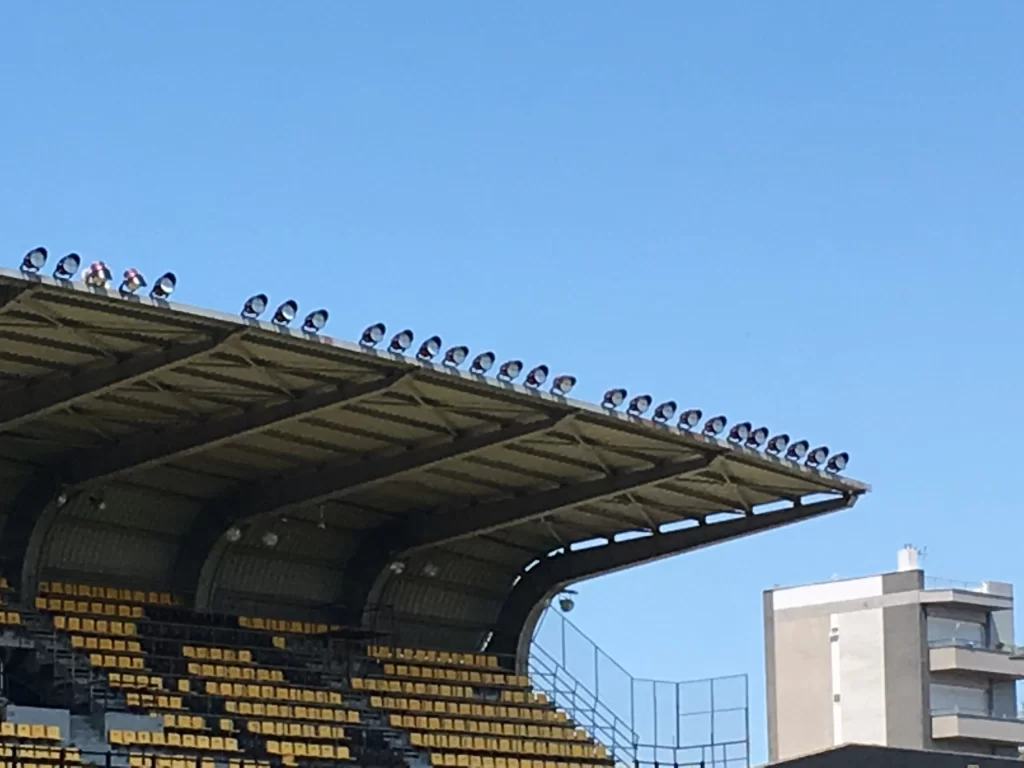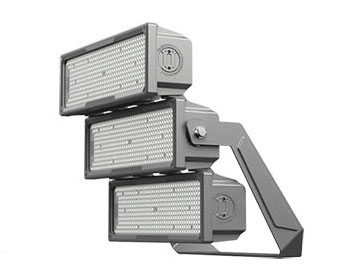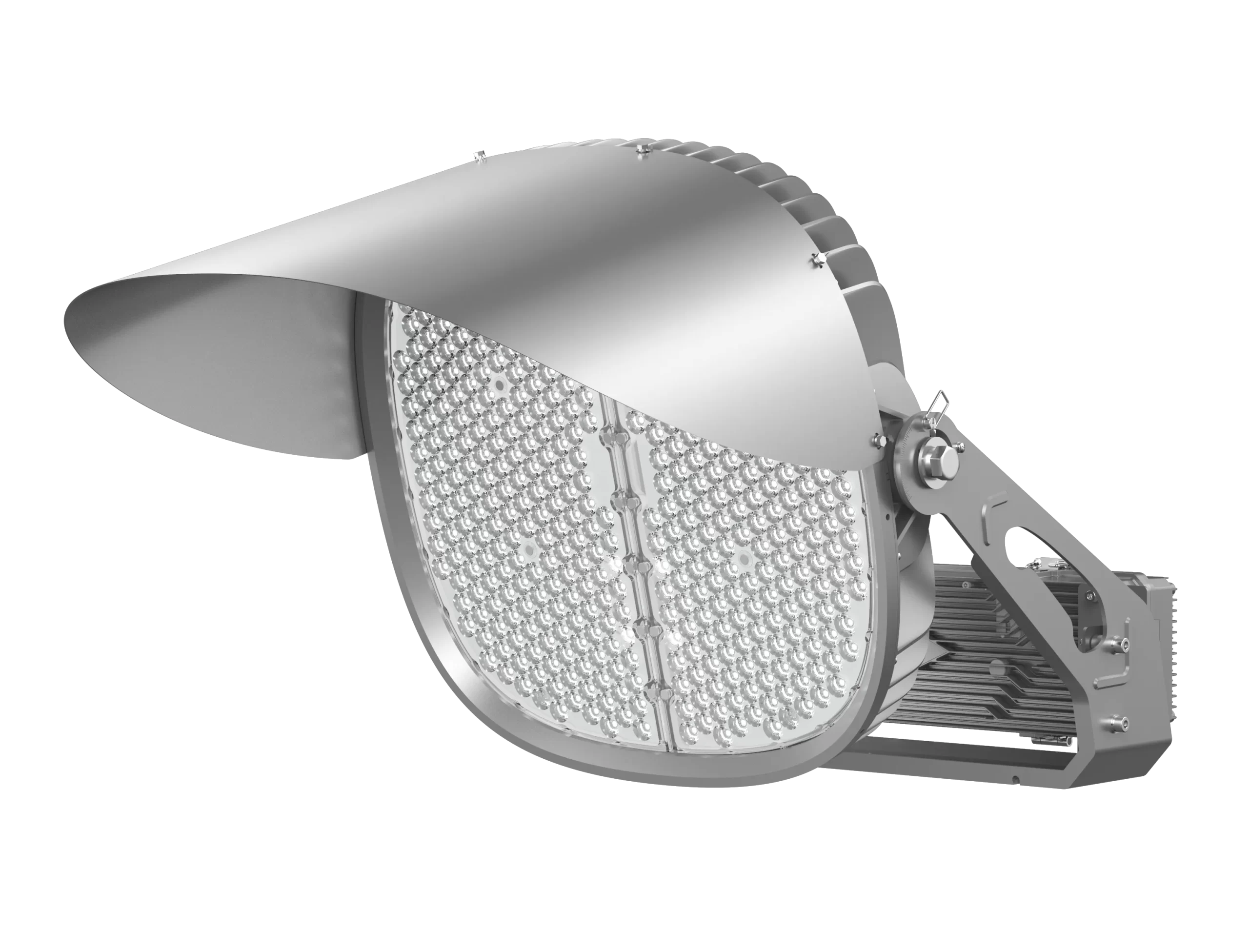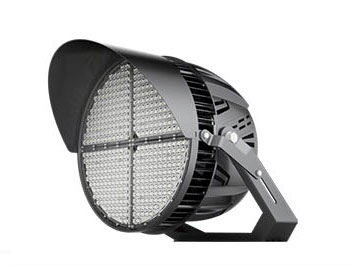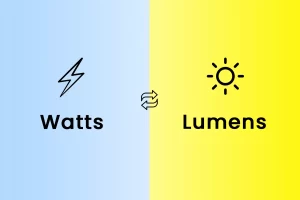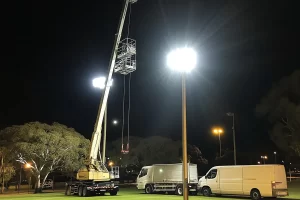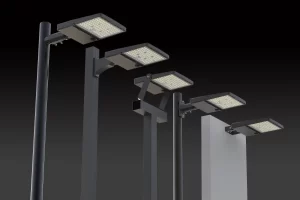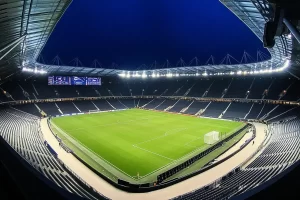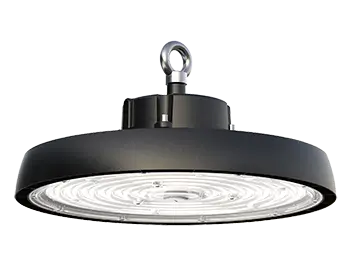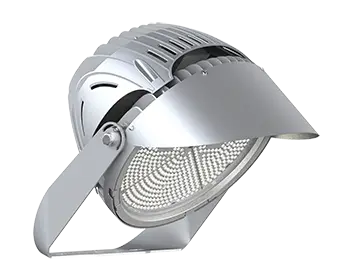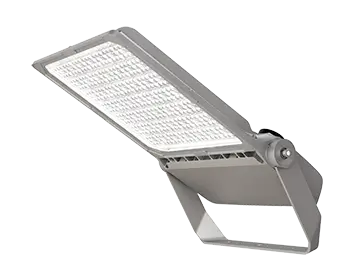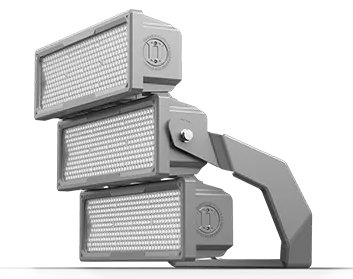HDLED is a professional manufacturer of LED lights, we provide product design, manufacturing, and sales, and provide lighting solutions for sports lighting, outdoor lighting, industrial lighting, etc. Especially in stadium lighting, we have a lot of practical experience. Many large stadiums are versatile and host various types of events beyond sports, including concerts, cultural performances, and conventions. The lighting system must be adaptable to meet specific requirements, offering flexibility in terms of lighting control, color options, and effects. Requirements from the actual application, a professional LED stadium light should consider many aspects of structural design and performance.
- Structural
- Robustness and durability
- Heat dissipation
- Adjustable angle and direction
- Easy installation and maintenance
- Performance
- High-lumen output
- Uniform and glare
- Flicker-free operation
- Color rendering
- Dimming and control options
- Energy efficiency
Robustness and durability
Stadium lights should be designed to harsh outdoor conditions, including weather, temperature fluctuations, and potential impacts. Use durable and high-quality materials such as corrosion-resistant metal ADC12 and powder coating finishing process, to ensure longevity and minimize maintenance needs.
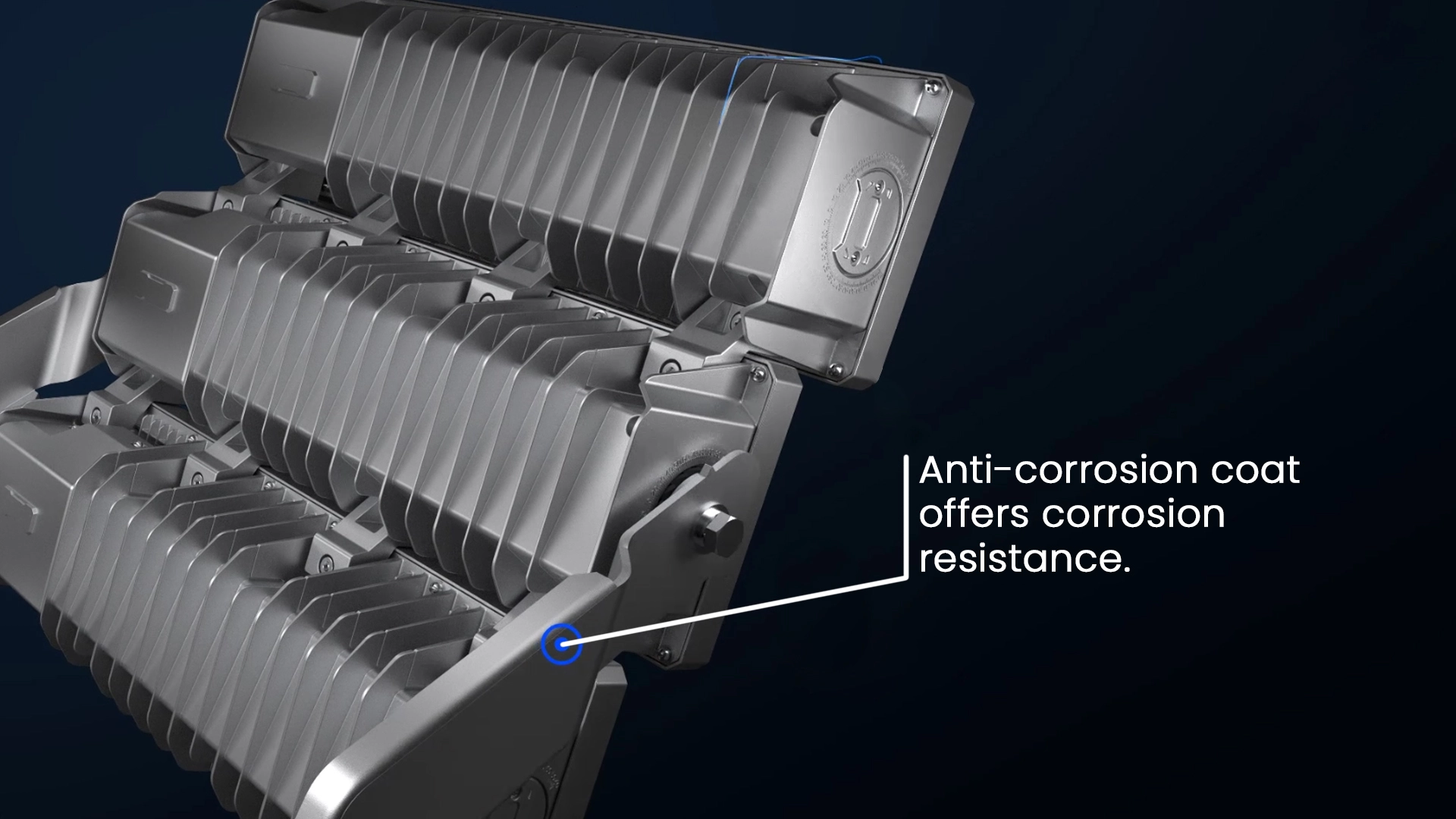
Heat dissipation
LEDs generate heat, so an effective heat dissipation system is crucial to maintain optimal performance and extend the lifespan of the fixtures. Excellent heat dissipation systems include conducting heat quickly with metal radiators, heat dissipation area, open-flowing air space, and seamless contact with thermal paste or thermal silicone.
Also, a well-designed heat dissipation system takes into consideration the overall thermal management of the device or system. This includes factors like component placement, overall system airflow, insulation, and the consideration of natural convection or forced convection cooling methods.
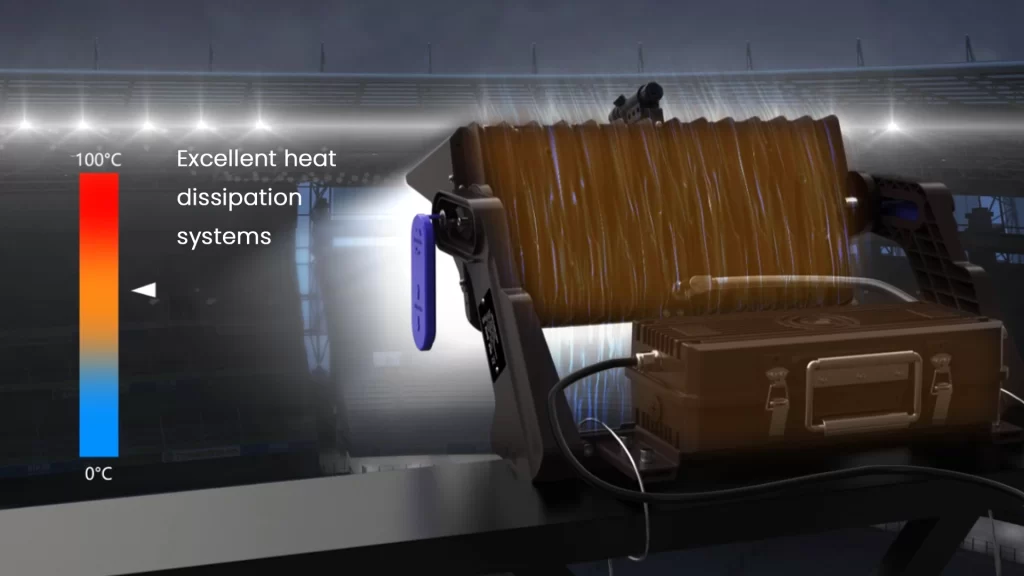
Adjustable angle and direction
Adjusting the angle and direction of the light fixtures allows for precise lighting placement and flexibility to adapt to different sports activities and field layouts, which include horizontal and vertical angle adjustments. These are the high-power stadium lamps in the structural design that need to consider.
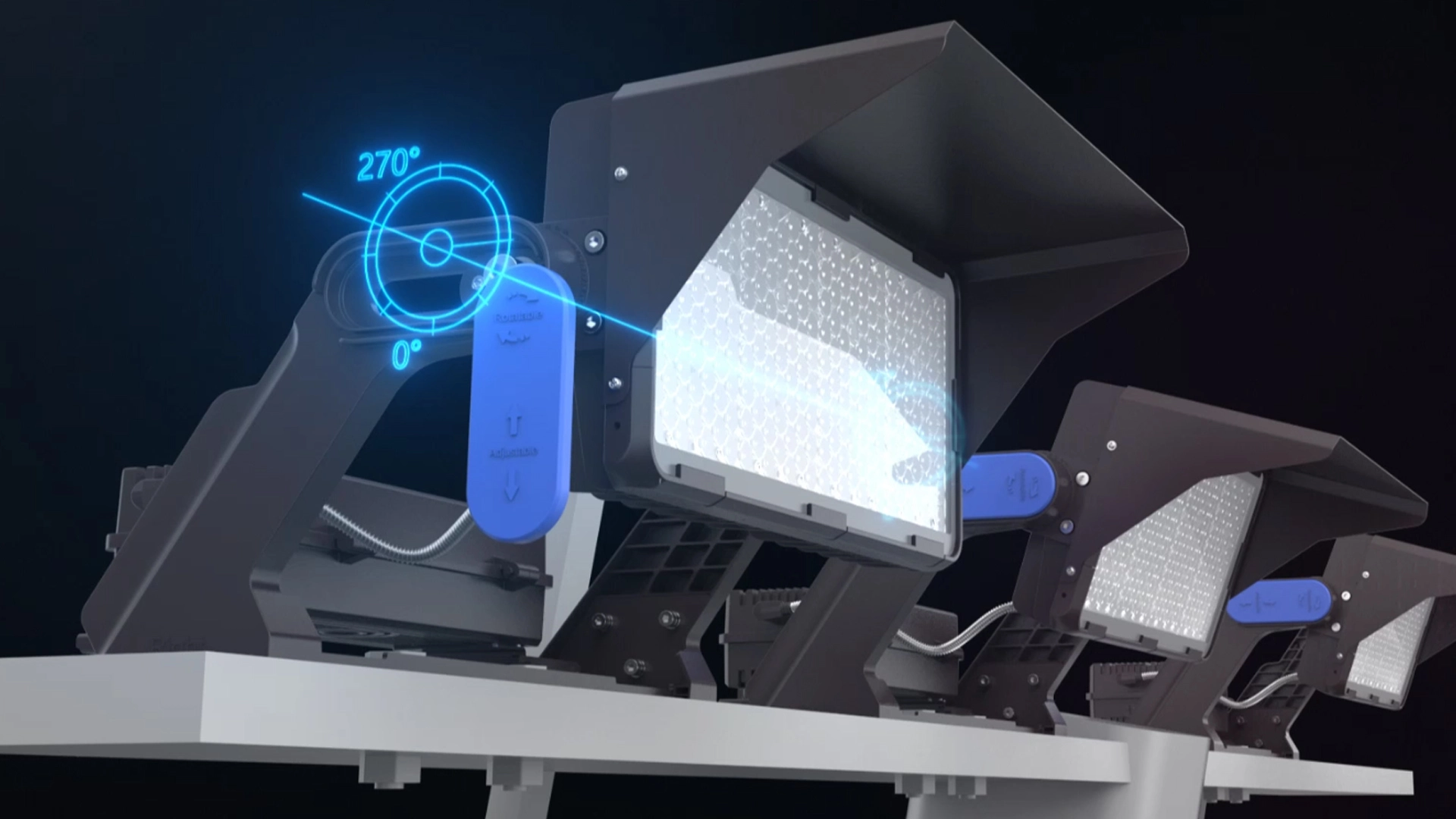
Easy installation and maintenance
Consider ease of installation and maintenance by designing fixtures that are modular, lightweight, and have user-friendly features like quick connectors or accessibility to electrical components. Meanwhile, stadium lighting systems are often installed at heights and in hard-to-reach areas. Selecting fixtures with long lifespans, minimal maintenance requirements, and sturdy construction helps reduce maintenance costs and ensures reliability.
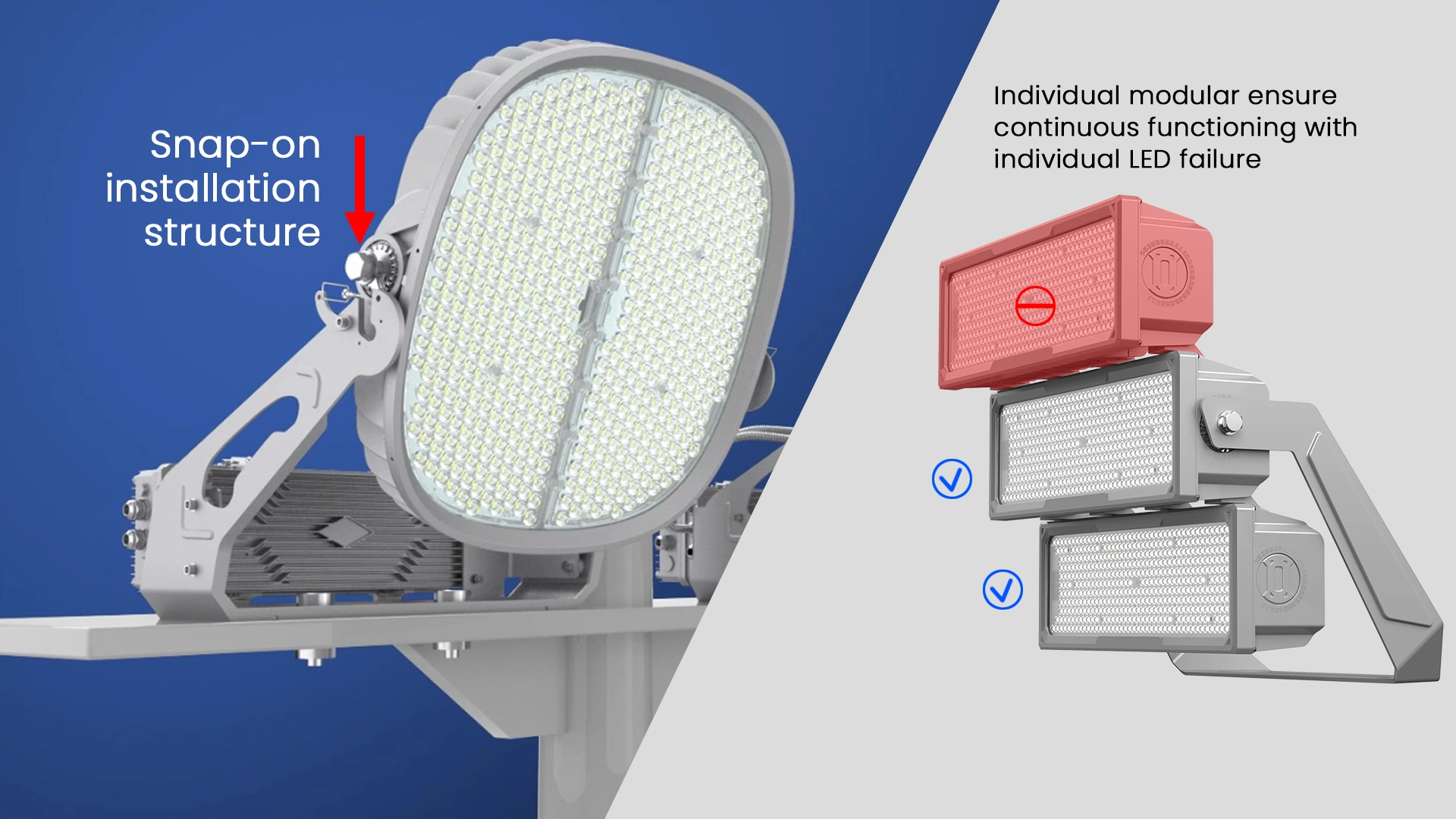
Sports stadium lighting is a specialized field that involves designing lighting systems specifically for large outdoor sports venues. There are several features that require special consideration to ensure optimal performance for sports events.
High-lumen output
LED stadium lights should provide high-lumen output to ensure adequate brightness for the playing field and spectator areas. Consider the specific lux levels recommended for the targeted sports activities and venue size. Our Stadium lighting efficiency is up to 190 LM/w, and luminous flux output is up to 220 KLM.
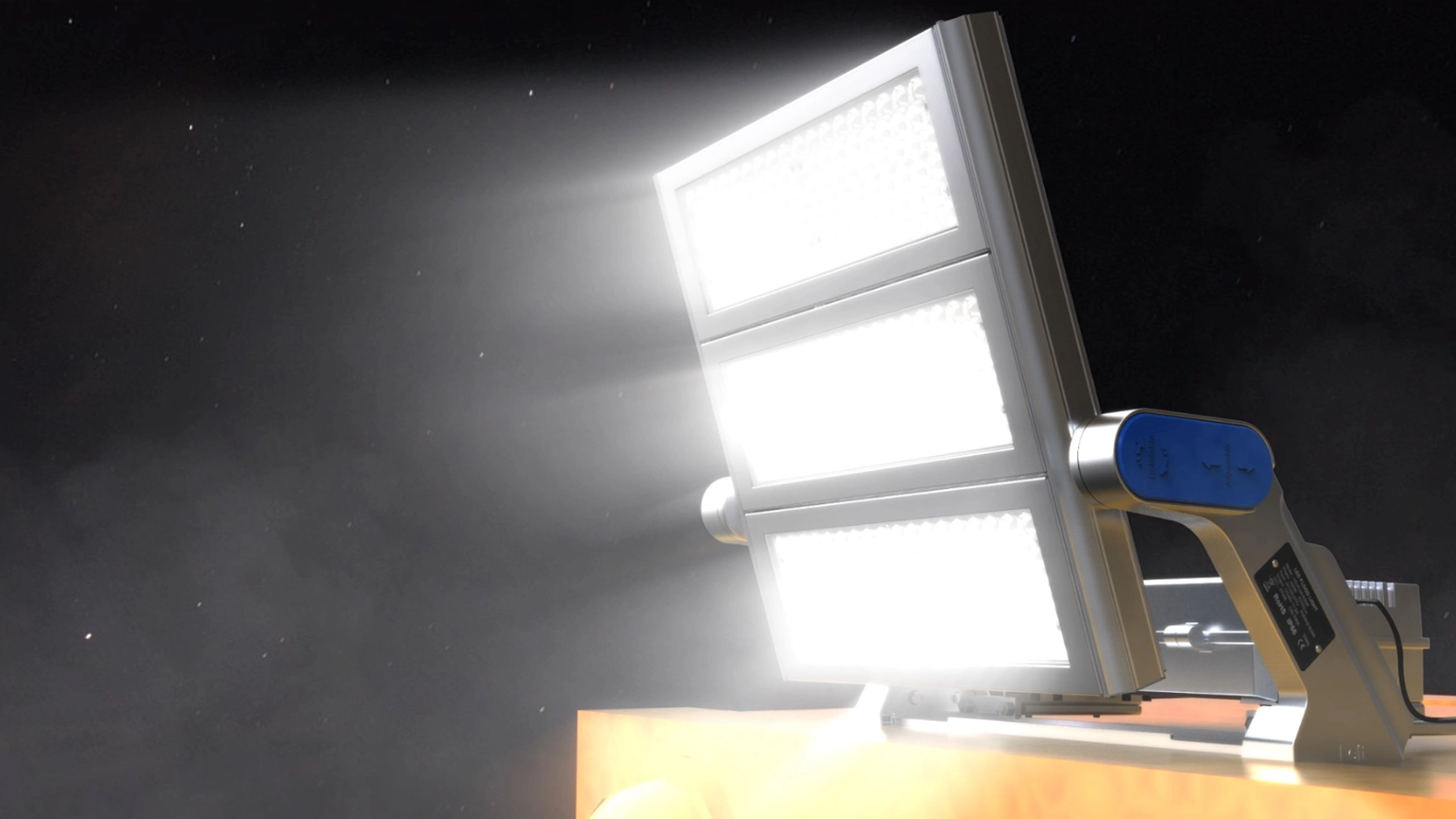
Uniform and glare
Achieving uniform light distribution without creating excessive glare is important. Proper lens design, light distribution patterns, anti-glare grille and visor can help control glare and ensure uniform lighting across the field.
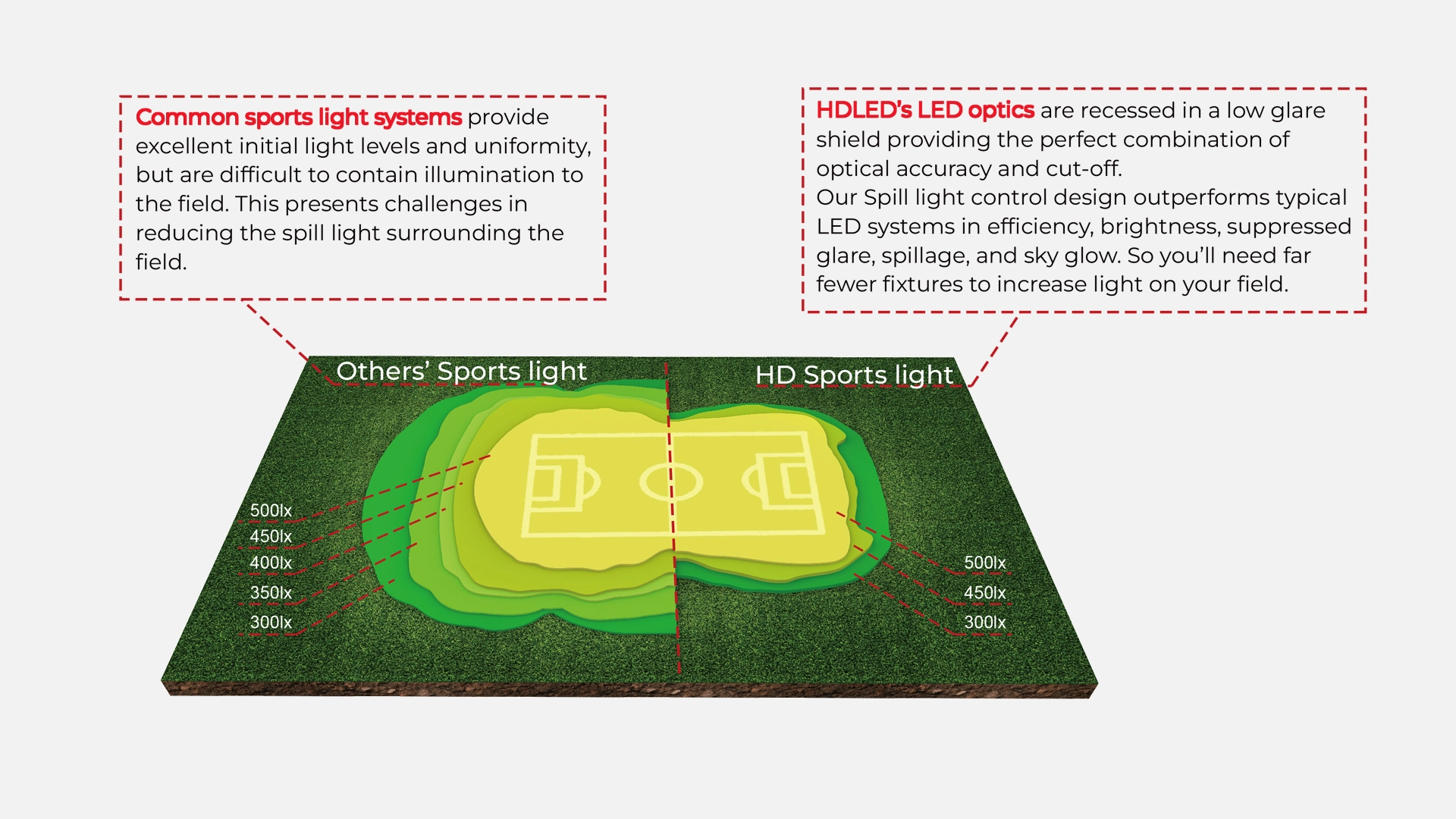
Flicker-free operation
LED stadium lights should have a high refresh rate and advanced drivers to minimize flickering, which can affect player performance and cause discomfort to spectators.
Color rendering
For accurate visibility of players’ uniforms, game details, and advertising boards, a high color rendering index (CRI) is preferred. This ensures that the lighting accurately represents the colors of the objects being illuminated. The color rendering index of HD Lighting stadium lights is Ra>70, Ra>80, Ra>90, and TLCI>90 optional.
Dimming and control options
Incorporating dimming capabilities and smart control systems allows for flexibility in adjusting lighting levels based on different requirements, such as training sessions, matches, concerts, cultural performances, and conventions or energy-saving needs. Advanced lighting control systems enable flexibility in adjusting lighting levels based on specific lighting requirements for different sports, events, or broadcasts. These systems can provide dimming capabilities, color temperature adjustment, and precise control over individual luminaires or zones.
Energy efficiency
LED technology already offers energy-efficient lighting solutions. Optimize power efficiency further by using efficient LEDs, drivers, and control systems to minimize energy consumption without compromising lighting quality.
By considering these factors in the structural and performance design of professional LED stadium lamps, it is possible to meet the specific requirements and demands of actual applications, providing efficient, durable, and high-quality lighting for sports venues.


